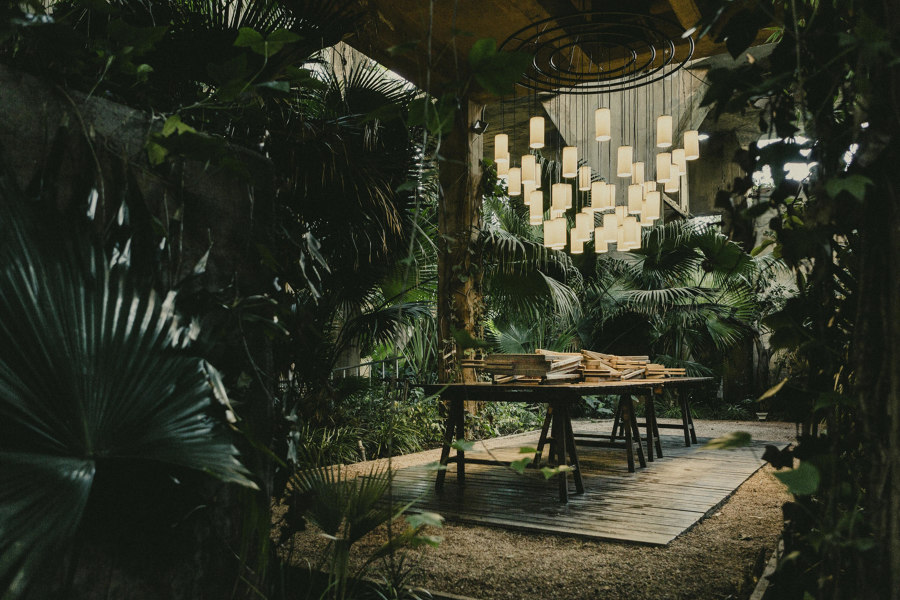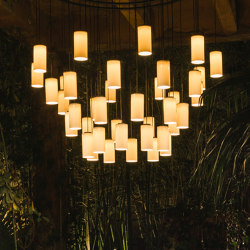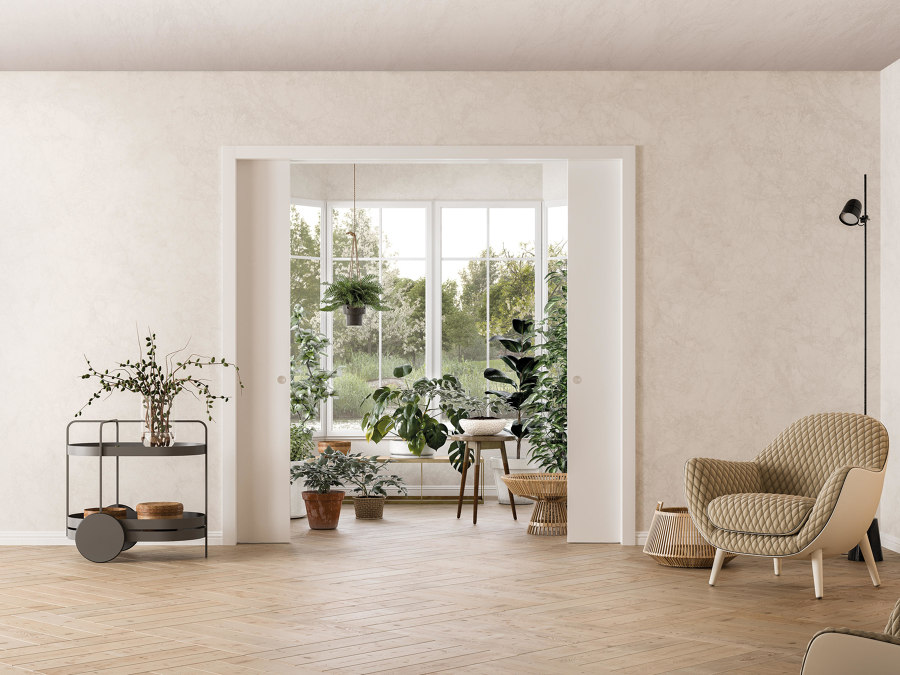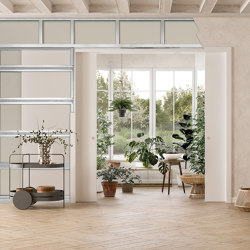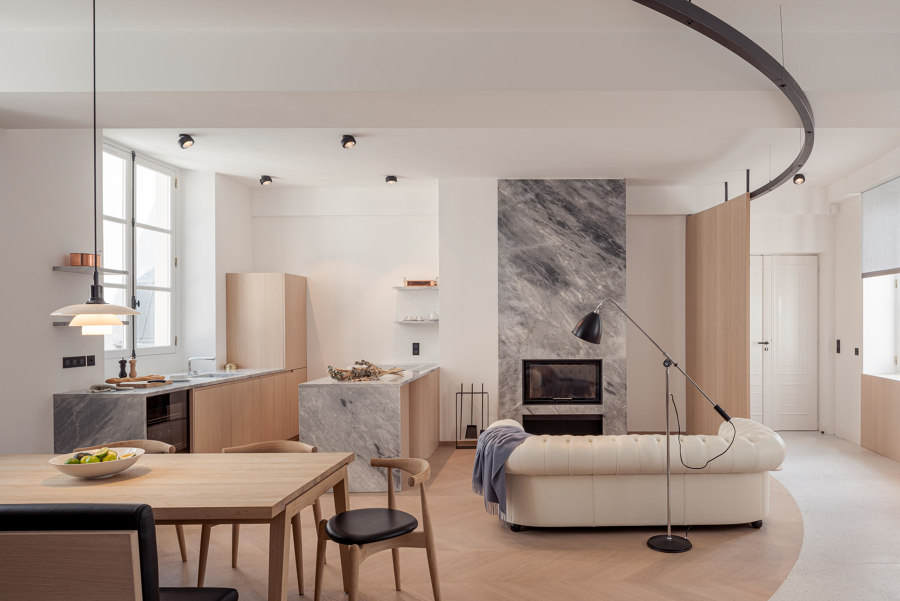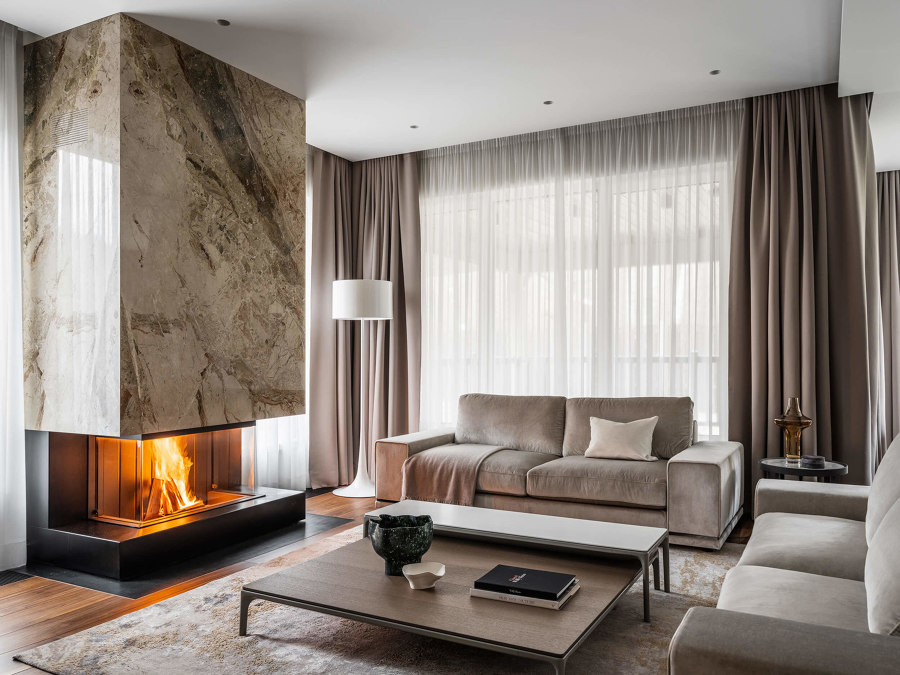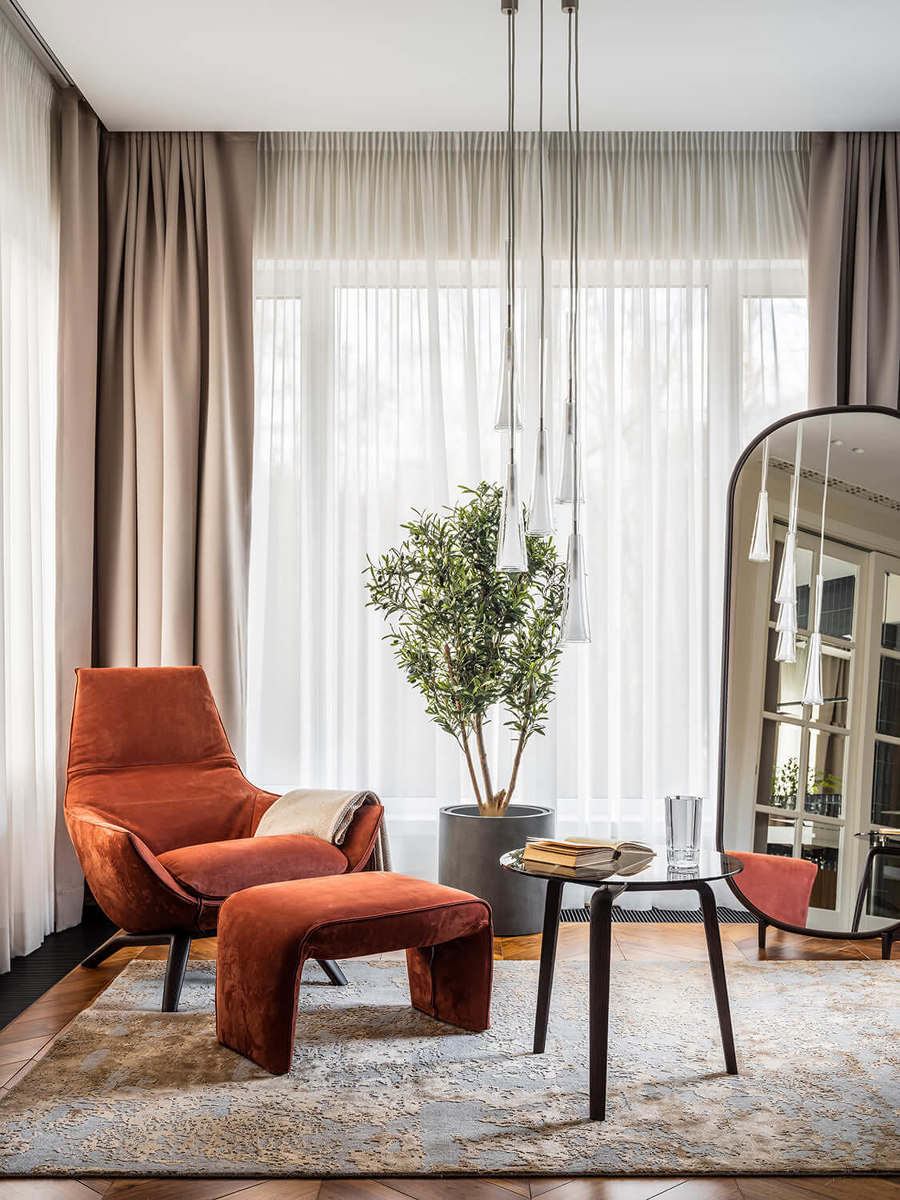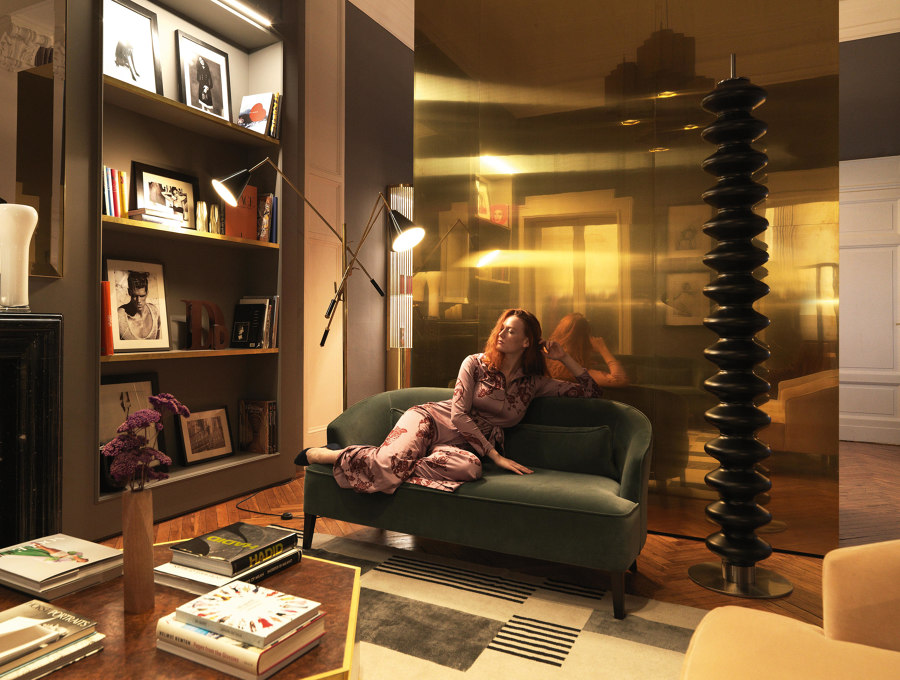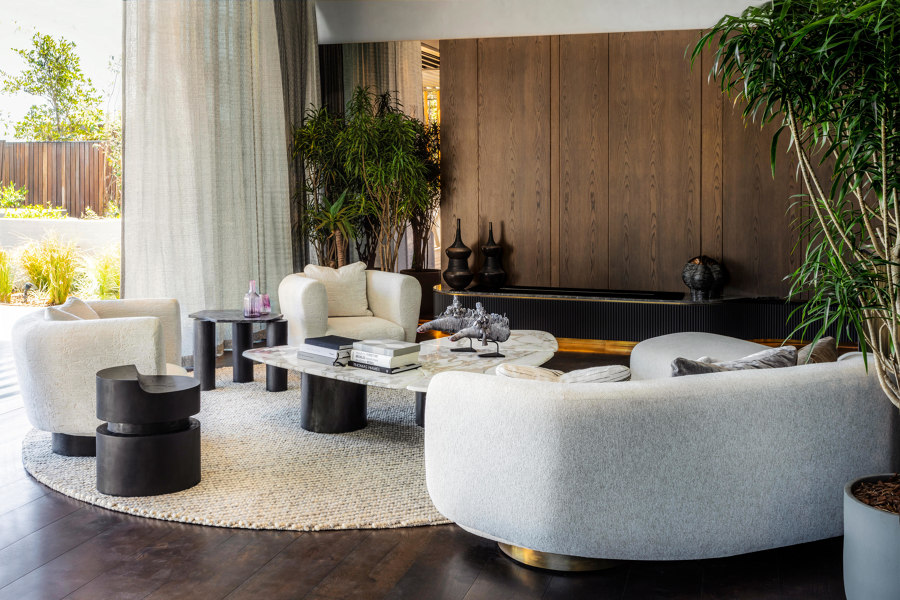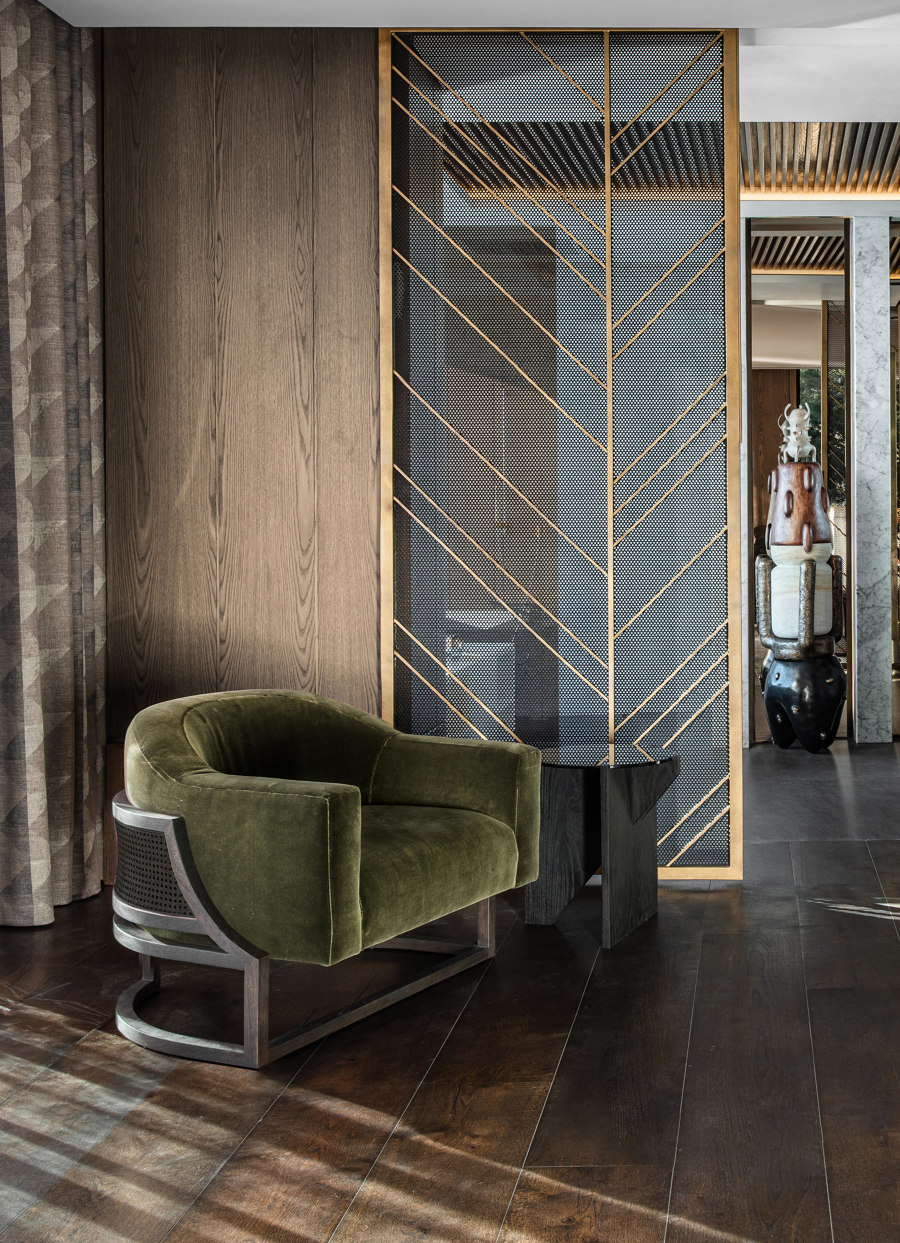How to create a cosy winter-ready interior
Texto por James Wormald
25.01.23
As our personal energy use becomes an even hotter topic, here’s how to transform those hard-to-heat open-plan spaces into cosy hibernation nests until spring.
With wood-panelled walls and ceiling, a corner seating arrangement, soft lighting and thick, full-height wrap-around curtains, Spacelab’s Puszczykowo No.05 house achieves cosiness nirvana. Photo: Moiz
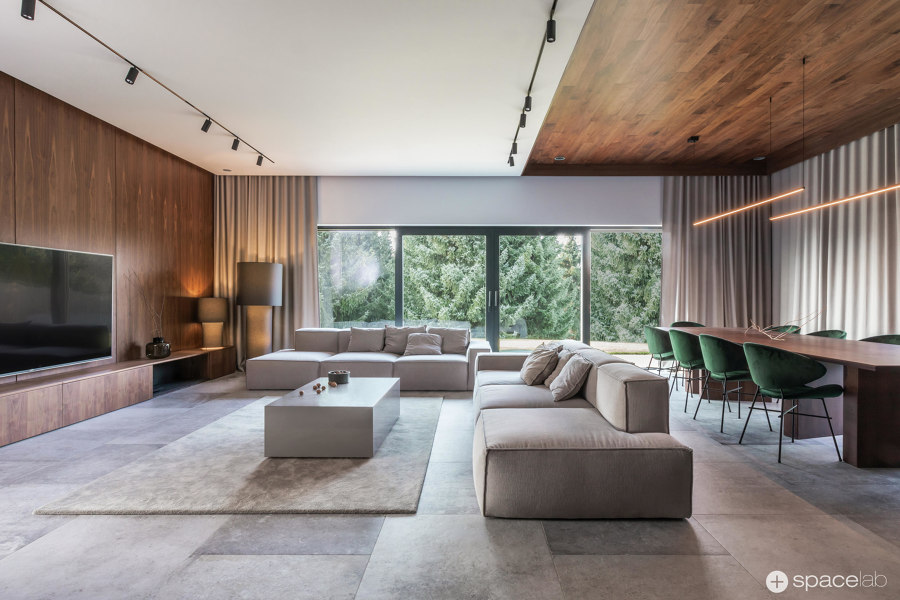
With wood-panelled walls and ceiling, a corner seating arrangement, soft lighting and thick, full-height wrap-around curtains, Spacelab’s Puszczykowo No.05 house achieves cosiness nirvana. Photo: Moiz
×Lowering our body temperature and metabolism to preserve food and energy during a cold spell is not (yet) a skill humanity has learnt. Human hibernation, however, is still a very real and natural reaction to life in seasonal climates. As the winter months begin, we start to nap more, crave fattier foods, long for the company of others and, most of all, prepare cosy nests to snuggle into. In order to actively enjoy the cold, wet and long-time dark periods of the year instead of just waiting for the sun to return, here are some useful ways to ensure our homes stay cosy.
Santa & Cole’s Cirio Chandelier (top) warms up interiors with soft candle-like lighting, while the Puszczykowo No.05 house’s thick velvety curtains keep warmth inside (bottom). Photo: Moiz (bottom)

Santa & Cole’s Cirio Chandelier (top) warms up interiors with soft candle-like lighting, while the Puszczykowo No.05 house’s thick velvety curtains keep warmth inside (bottom). Photo: Moiz (bottom)
×Add light to the dark
We’re imprisoned in darkness for most of the day in winter, so subtle indirect lighting from wall, table or floor lamps, flickering candlelight or the soft glow of candle-like pendants like Santa & Cole’s Cirio Chandelier use pockets of warm light to create cosy corners. When daylight does come around, however, it’s important to make use of it while we can. Large unobstructed window frames let in as much light as possible, while – currently enjoying a resurgence due to their insulation properties – warm textured curtains enclose the room in comfort when drawn, as in the Puszczykowo No.05 house by Spacelab | Agnieszka Deptula Architekt.
Double pocket doors from Eclisse (top), and the Nicolai Paris apartment’s curved wooden divider (middle, bottom), allow for changeable open or closed floor plans. Photos: Antoine Hot (middle, bottom)
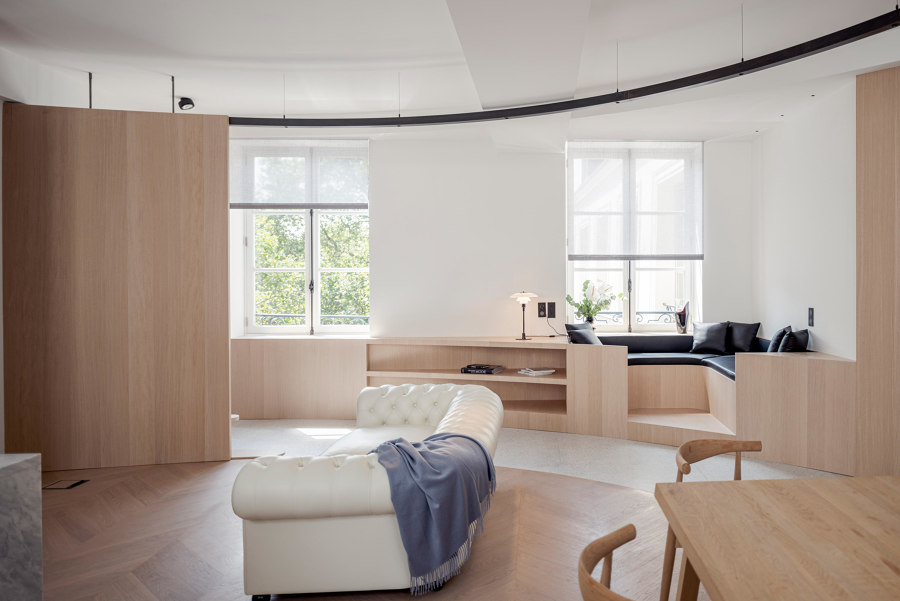
Double pocket doors from Eclisse (top), and the Nicolai Paris apartment’s curved wooden divider (middle, bottom), allow for changeable open or closed floor plans. Photos: Antoine Hot (middle, bottom)
×Enclosed spaces
Although they remain popular, wide open-plan spaces can often be an enemy to an otherwise cosy setting. Being able to open the doors and let the light, warmth and fresh air flow freely is idyllic in summer, but we prefer smaller spaces to tuck ourselves into when the temperature drops. Using architectural elements such as hidden double pocket doors like Double from ECLISSE, porous room dividing shelving or temporary screens like this curved wooden divider in the Nicolai Paris apartment by noa* architecture, all help make more changeable spaces.
Country House in Novye Veshki features fireplace-cornered seating (top) and an enveloping armchair (middle). And Sancal’s wing armchair, Folk (bottom). Photos: Mikhail Loskutov (top, middle)
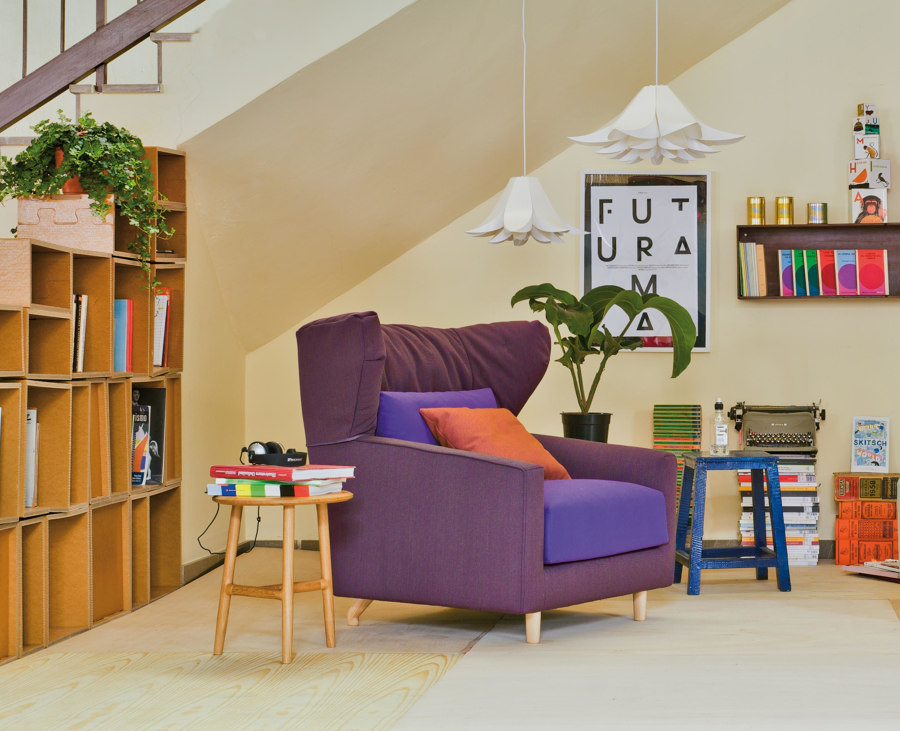
Country House in Novye Veshki features fireplace-cornered seating (top) and an enveloping armchair (middle). And Sancal’s wing armchair, Folk (bottom). Photos: Mikhail Loskutov (top, middle)
×Enclosed seating
By drawing seating plans with corners as opposed to linear arrangements, designers encourage more face-to-face communication and closer contact, while even when sitting alone, just the presence of an empty seat feels comforting – creating a smaller enclosed area within a larger space. If there’s little depth for an extra seating dimension, however, then more enclosed individual seats like large wing armchairs such as Folk – ‘a seat that hugs you’, as manufacturer Sancal describes it – allow users to tuck their whole bodies inside, holding in the warmth.
Cosy areas are created by positioning seating aside heating elements like Milano’s Tubes radiator (top), or a fireplace in the South Villa penthouse apartment (bottom). Photo Niel Vosloo (bottom)
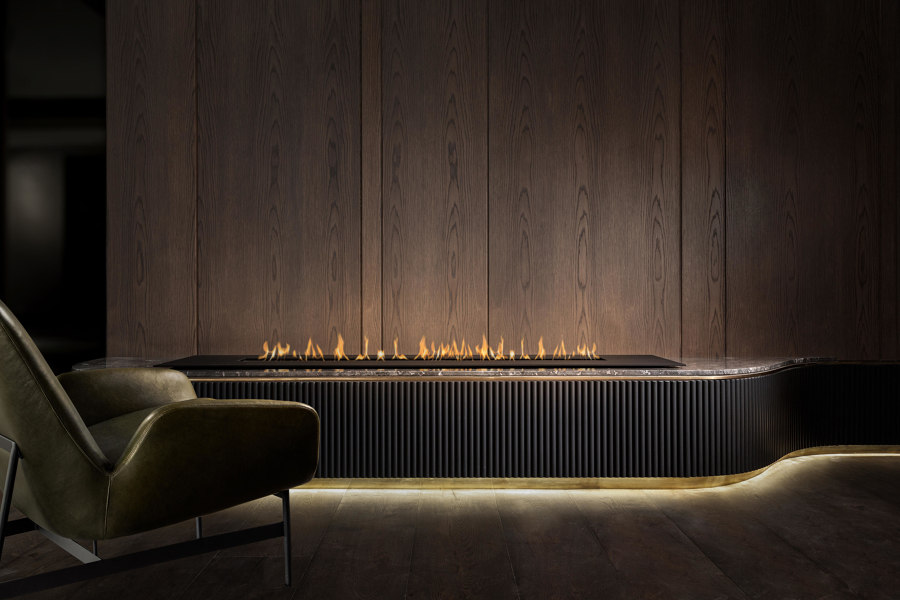
Cosy areas are created by positioning seating aside heating elements like Milano’s Tubes radiator (top), or a fireplace in the South Villa penthouse apartment (bottom). Photo Niel Vosloo (bottom)
×Cosy pockets
Energy efficiency is, especially in the current climate, the most important factor in deciding how to heat an interior. And while underfloor heating spreads the heat evenly and efficiently throughout the room, more traditional radiators and heaters can create hot pockets and cold zones in larger areas. When topped with cosy carpets or rugs, however, the efficiency of underfloor heating drops. Alternatively, when looking to specifically designate cosy areas of the home, the natural temperature inequality of radiators or fireplaces can be used as an advantage.
Wood-panelled walls at the South Villa penthouse apartment (top, middle) and ceiling at the Il Sereno Lago Di Como luxury hotel (bottom). Photos Neil Vosloo (top, middle), Sara Magni (bottom)
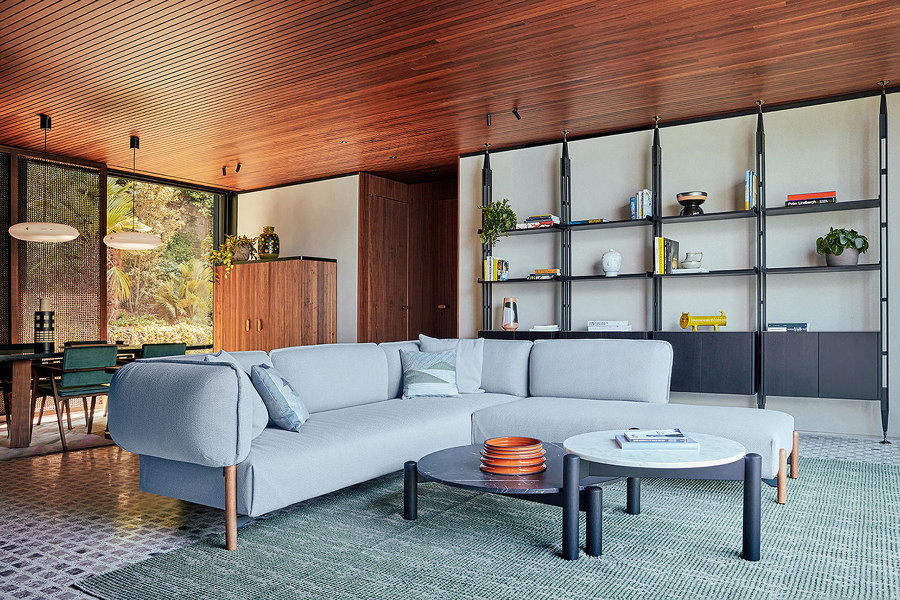
Wood-panelled walls at the South Villa penthouse apartment (top, middle) and ceiling at the Il Sereno Lago Di Como luxury hotel (bottom). Photos Neil Vosloo (top, middle), Sara Magni (bottom)
×Panel show
There are more ways to generate warmth than just by adding heat. Wood is a perfect material for conducting and retaining heat, for example, thus its preferred use atop underfloor heating. But wood adds cosiness even when its application is kept strictly visual. When installed in walls like at the South Villa penthouse apartment by ARRCC, or as a ceiling, like those of the Il Sereno Lago Di Como luxury hotel in Torno, Italy, wood panelling brings with it a cosy cabin atmosphere, while its insulation and acoustic properties add a calm and soothing ambience.
© Architonic
Head to the Architonic Magazine for more insights on the latest products, trends and practices in architecture and design.

